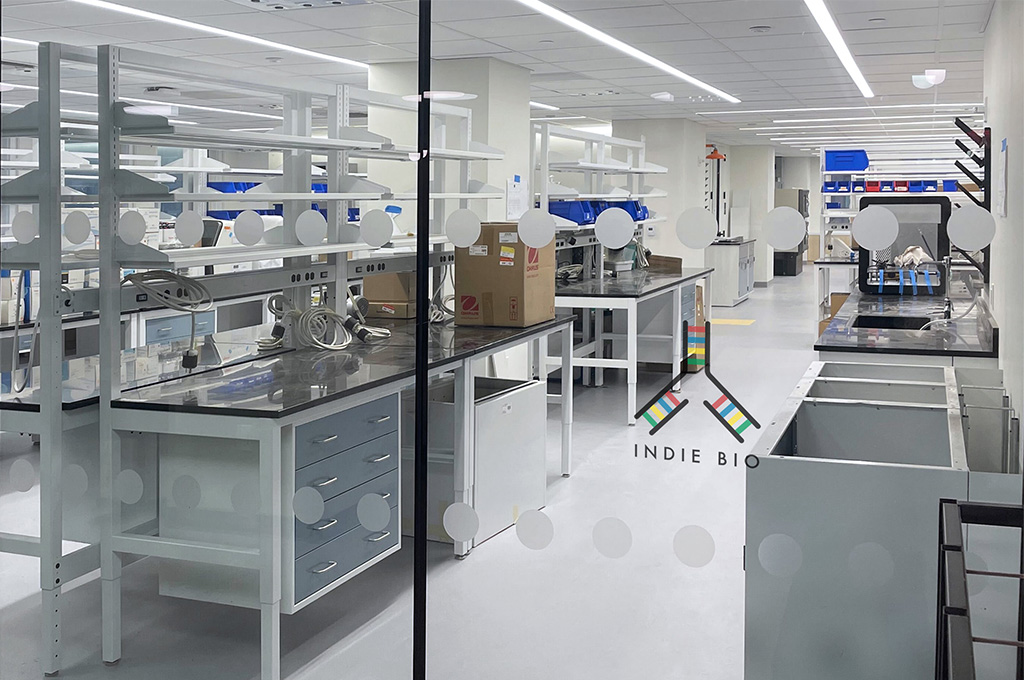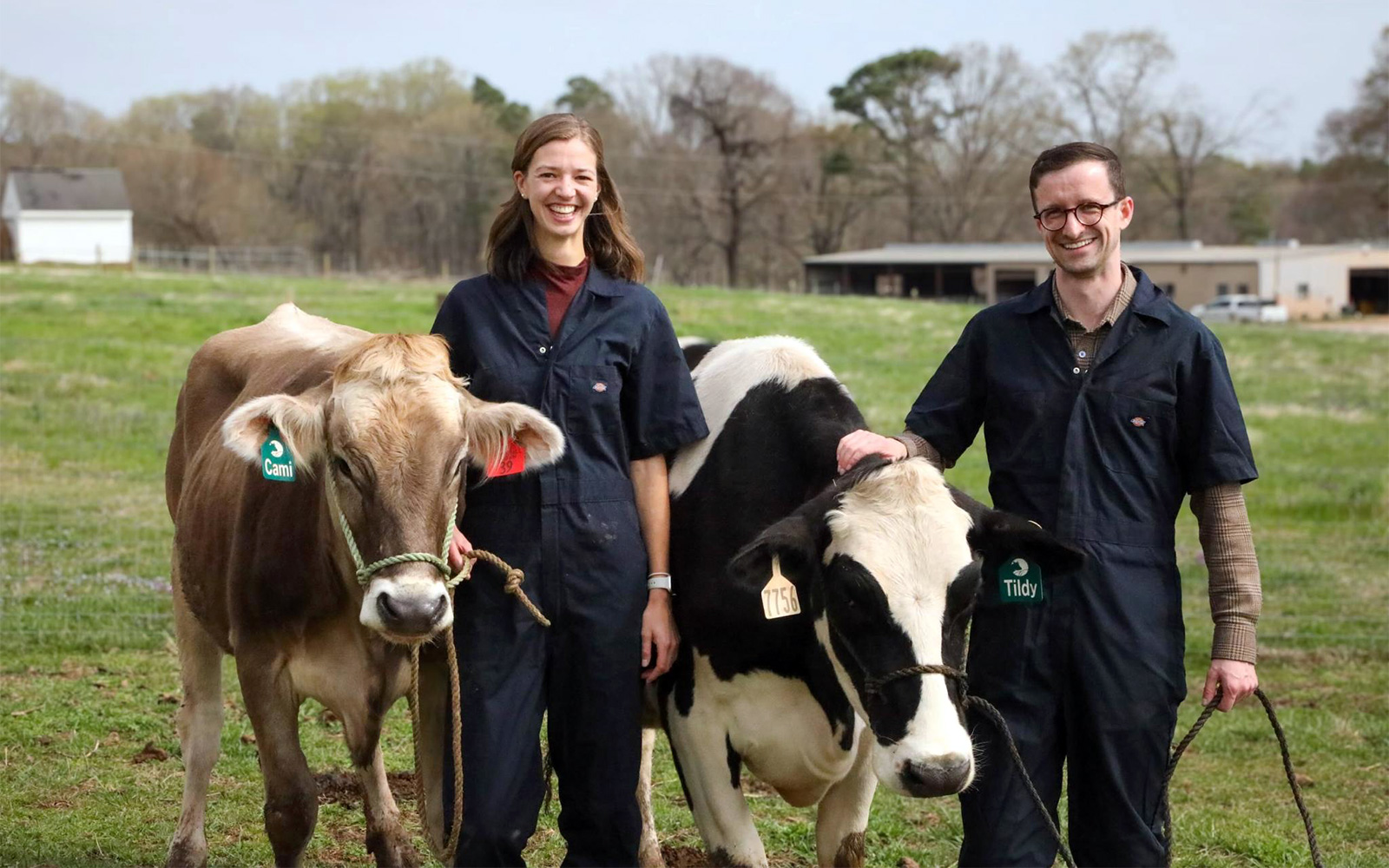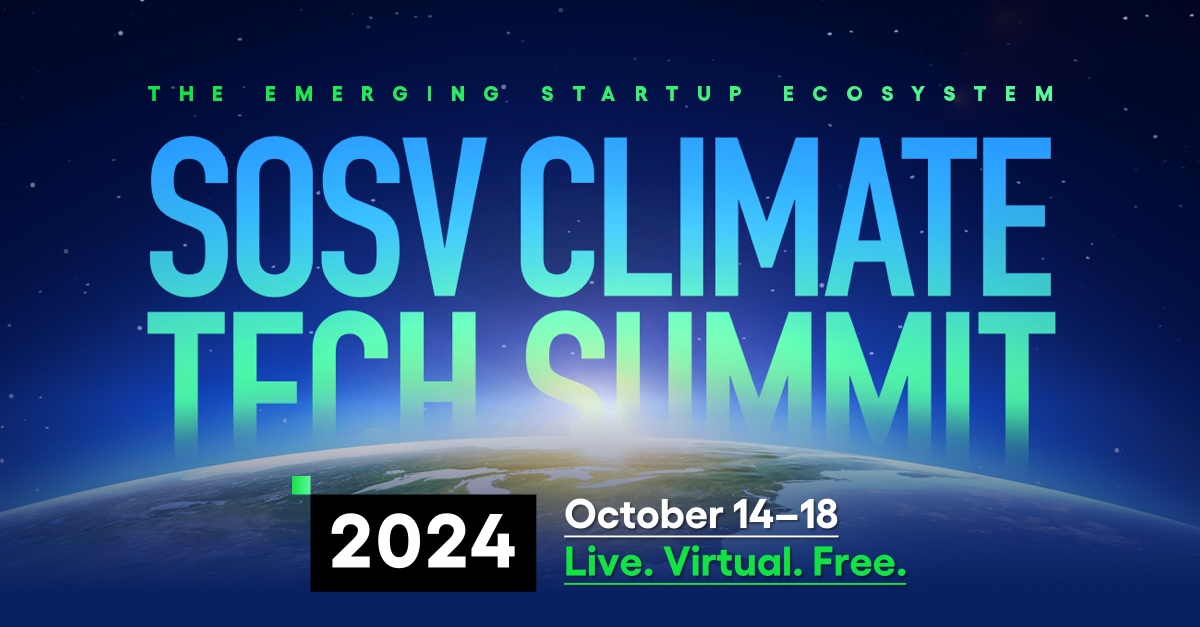Healthcare is simultaneously one of the fastest evolving markets, and yet the one market most resistant to change. Global healthcare is so big – $8 trillion – that it can sustain this paradox.
SOSV just published its Human Health 100, a list of our top healthcare investments. They are very diverse. Here’s how to understand them.

Over the last decade, historical advancements have been brought to market. The COVID vaccines set a sprint record, 12 months, no longer live-attenuated, deploying mRNA. Mostly, this single healthcare innovation helped the entire global economy get back on its feet. What has that been worth? Tens of trillions. During that time, telehealth grew a massive 38x in market size. We’ve seen psychedelics approved by the FDA, with many more coming, and we’ve cured Hepatitis C. Over 20 cell and gene therapies have been approved. Covalently-bound drugs have succeeded in oncology. So has checkpoint-inhibitor immunotherapy. 2018 was the sharpest one-year drop in US Cancer Deaths ever reported, and now the death rate from cancer is going down 1.5% every year. Meanwhile, we’re living in an apex of drug approvals. In 2008, the FDA rejected ⅔ of novel drugs. By 2015, they approved 23 out of 24. And in 2021, they approved 50. This has rewired the risk economics for the entire sector.
But we pay for this innovation dearly, as a society. In the US, we pay twice as much to see the doctor but only half as often as most other countries. We pay 2x the price for biologics (at least). Physician burnout is unprecedented; they feel like assembly-line workers. The disease burden on our global economy only goes up, and up. Consumers spend 8 cents of every dollar on healthcare, then the government spends another 24 cents out of every dollar. 11% of all workers now are in healthcare. It’s not software eating the world; as others have noted, it’s healthcare.
At SOSV, our vantage point is informed by living at the deep tech intersection represented by our startup development programs HAX, IndieBio, and CA/MOX … the Shibuya Crossing of hardware, genetics, and frontier markets. This makes us, well, a little different than most funds. We have the world’s fastest antibody discovery platform (Prellis). We also have the fastest-growing mobile health platform in India (Phable). Meanwhile, HAX launched the fastest growing company in our entire SOSV portfolio, R-Zero, a disinfection robot. It’s not that we are agnostic to how we make medicine better – it’s that we can informatively probe, “of all the ways we can attack this problem, which modality is best?”
In many ways, our portfolio mirrors the macro trends of improving efficiency, automation, and data prediction. Finish all these sentences with “is booming.” Remote care is _______ (Optimize, Ria Health). Lab automation is _______ (OpenTrons, Synthace). AI-assisted medicine is _______. (Mendel.ai). Epigenetics screening is _____ (Chronomics). At-home kidney care is ______ (Qidni, ProtonIntel).
Much has been hyped of the de minimus cost of gene sequencing. Though that hype engenders a false connotation that everyone has equal capacity to access all that data. Haha. Not so fast. Companies such as Gatehouse Bio defy that idea; they use novel, proprietary chemistry to read sRNA isoform signatures and parse disease – in ways invisible to others. Then there’s Biomage, whose software makes sense of metabolomic data faster than a thousand lab techs. And Biomesense, which collects microbiome nucleic acids, daily – the only service of its kind in the world – to solve the microbiome interaction that bedevils immunotherapy.
For patients, most chronic diagnoses today are “rule-out” processes that take a year. So while there has been considerable hype around non-invasive methods of early detection, at SOSV we recognize these are just screening tests. They define probability, not disease. Meanwhile, most of the healthcare spend is in long-term patient monitoring, measuring the biomarkers that drive regular clinical decision-making. Companies such as DeepSpin (a 20x cheaper MRI), BioRosa (a blood test to score autism), StradosLabs (lung care), Cellens (bladder cancer recurrence) and FeetMe (monitoring senior care), are a few of many great SOSV companies in this space.
As patients get more informed than ever, consumer health is growing much more sophisticated. Startups can run the playbook to grow a meaningful consumer base before (if ever) targeting disease claims and FDA clearance. Consumers are often so frustrated by their medical system and its “drug everything” approach that they want to take personal control. Markets that are open for this strategy include infertility (Microgenesis), pregnancy monitoring (Bloomlife), food sensitivities (FoodMarble), probiotics (SunGenomics), depression (Flow Neuroscience), kidney and liver toxin reduction (Unlocked) and chronic pain management (Sana Health).
In therapeutics, our risk model frees us to fund novel scientific approaches and indications that others are largely averse to at the early stage. DNA Lite has made considerable success with its oral mRNA vaccines and biologics. Synthex and Ten63 have likewise shown their capabilities with targeting protein-protein interactions, long considered undruggable. Non-addictive pain relief, meanwhile, has been near impossible to crack; Pannex believes it has an angle on nociceptor ion channels. Karma Therapeutics is taming auto-immunity with precision tolerogenic vaccines. Prothegen offers a new approach to preventing cell death by tapping the newly-druggable ferroptosis pathway.
One area missing on our thesis list is All Purpose Longevity, the search for a holy grail master switch to prevent disease onset through cellular health. We think it’s dangerously easy to make mice live longer, and dangerously difficult to do the same for humans, who live 50x longer than mice, naturally. However, this hasn’t kept us away from doing our share of regenerative medicine in specific indications. Back surgery is one of the biggest expenses for providers, and results are often poor. Intelligent Implants improves those odds, by inducing and steering spinal bone regrowth. OneSkin is the first skin health serum to turn back the molecular clock on our skin. Bioaesthetics helps women who’ve endured mastectomy, helping them regrow a natural nipple. Innate Bio has distilled essential metabolites that increase the clearing of cholesterol. And ReachNeuro uses an approved pain stimulator – but not for pain – to restore limb motor function for stroke victims.
COVID challenged the healthcare and biomanufacturing infrastructure; for the first time, investors really understood the legitimacy of projections that our biomanufacturing capacity needs to 10x in ten years. Quickly, infrastructure spending announcements totalled $100 billion for a million liters of bioreactor capacity. At SOSV, we’ve been funding many novel approaches to bioreactors for years – such as STAMM’s laminar flow condensed reactor, and Kolibri’s acoustic wave reactors for gene therapies. In cell therapies, Indee Labs uses microfluidic vortexes for improved transfection and cell viability. “Don’t scale your problems” is a VC proverb, and we believe methods of biomanufacturing can be radically improved before we scale it by $100 billion.
Lastly, here’s a statistic that very few venture funds can state: SOSV has healthcare companies headquartered on 6 continents. This means we’re tapping into smart innovators everywhere and creating startups for all manner of payer and provider systems. From the fractured and fluid US, to the single-payer dominant countries, to the thin-layer hybrids in developing markets. Drug availability varies dramatically and standard of care can vary even more. As we look to build global companies, sometimes our market exposure leads us to design business models differently than if it was only intended to work in the US – one example is ProtonIntel, with its continuous potassium monitor. Or we may intentionally launch companies ex-US because fee-for-service is the standard, such as Microgenesis Fertility in Europe and Latam.
Especially with this global perspective, we see both acute and chronic holes in the healthcare system, everywhere. We see trends that will truly shape how people, local and global, will flourish by becoming healthier and overcoming disease. Disease knows no border, and we are playing to win through innovations that others simply are unable to even visualize. By rapidly adapting to COVID disruption, we are magnetizing life science founders – globally – to bring their best ideas to us, first. Though we already have invested in around 200 healthcare companies, we never feel like the good ideas are taken; we never feel our work is done. The best innovations of healthcare are yet to come, and we are cradling them.



